The Scented nettle is rather unknown to us as a medicinal plant because it has its home in the so-called New World. It is increasingly being used as a spice in the kitchen in Europe. The leaves of various types of scented nettle are now also used for digestive problems, respiratory infections and menstrual disorders.
Occurrence & cultivation of the scented nettle

In addition, the leaves are provided with fine and very dense hairs. The leaves themselves are round or heart-shaped. Depending on the variety, they are reminiscent of mint leaves. The leaf stalks reach a length of 5 to 20 millimeters. The bracts of the scented nettle, on the other hand, are egg-shaped. From July to September it blooms purple, red or orange as well as white - depending on the variety. The flowers adorn the scented nettle in the form of elongated, spike-like flower panicles.
The scented nettle species are rarely cultivated as ornamental plants. Mostly they are grown as an annual plant. The reason for this is the exotic origin: most of the species in Central Europe are not sufficiently hardy. So they have to be replanted every year. In order to get the highest possible content of effective essential oils, the leaves and flowers should be done during the warm summer months.
The scented nettles are native to North America and Asia. Therefore, they are more of the exotic medicinal plants. They love humus-rich soils and need plenty of sunshine.
Effect & application
The leaves of the various Agastache varieties are ideal for making tea infusions. The flowers are also edible and, thanks to their dominant color and taste, make every salad more beautiful. In the European culture, the medicinal properties of the scented nettle have not been scientifically confirmed. Nor can any conclusions be drawn from European cultural history. The experience of indigenous peoples alone can provide information about its use.
The Native Americans used the Agastache species as medicinal and fodder plants.When they were imported to Europe, they were primarily used here as fodder plants. The scented nettle was particularly important for beekeeping. People quickly tried to make liqueurs and poured hot water over the mint-like leaves to make tea.
This can be drunk neat or add another flavor note to black tea. For this, the leaves are traditionally dried beforehand. But the infusion with fresh leaves is also possible. Due to the sweet taste, the leaves of the Agastache species are also often used to refine desserts.
The Agastache mexicana is also known as the lemonade plant. It brings a sweet and sour taste of lemon and mint to any liquid made with it. This type of tea tastes very refreshing, especially when drunk cold. The Indians used the tea made from scented nettle leaves primarily for coughing problems.
The natives of America also used the flowers to beautify and season dishes: fish, salads and desserts were and are served with them today. Crushed leaves of the scented nettle add a touch of southern French cuisine to the food. Notes of anise, mint and liquorice refine the dishes.
Importance for health, treatment & prevention
Due to the essential oils it contains, there are numerous areas of application for the various types of scented nettle. An infusion of aniseed hyssop leaves is both appetizing and mood-enhancing. Comparable to the effects of fennel, this kind of scented nettle also has an excellent stomach-calming effect. This plant also helps with nausea and vomiting. The essential oils soothe the gastrointestinal tract.
The Native Americans used tea infusions for cold symptoms. The contained essential oils warm the body and stimulate sweat production. An increase in body temperature is very helpful in overcoming bacterial and viral infections, as the immune system is thus supported in killing the pathogens.
Children can also have the tea. Adults with a feverish infection can rub themselves with a tincture made from Agastache extracts to raise their body temperature. Steam baths are also recommended.
In addition to the essential oils already mentioned, the Agastache species also contain camphor, estragole and limonene. Camphor is said to have a heart-strengthening and also cough suppressant effect. This active ingredient also promotes blood circulation and thus improves symptoms of low blood pressure and poor circulation. It is still antiseptic and antispasmodic.
This calming effect is also very useful for upsets in the stomach and intestines as well as for complaints during the menstrual cycle. This makes it easier to remove irritating and / or flatulent food components.
Camphor also supports the effect of the essential oils on infections of the airways. The bronchi are enlarged and so-called cold receptors in the oral and nasal mucosa are activated during inhalation. This creates a cooling effect that is perceived as pleasant by those affected.
Estragole, which is also contained in fennel tea and plants, is said to have a comparable calming and relaxing effect on the digestive tract. Camphor and the essential oils it contains unfold their health-promoting effects just as well as a bath additive or in the form of scented sachets hung in the bedroom.

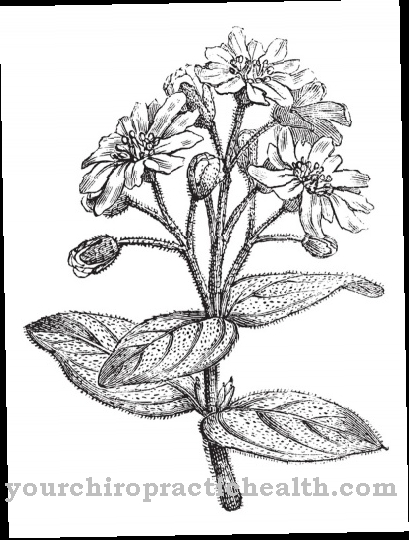
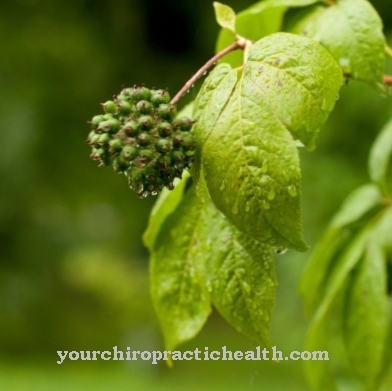
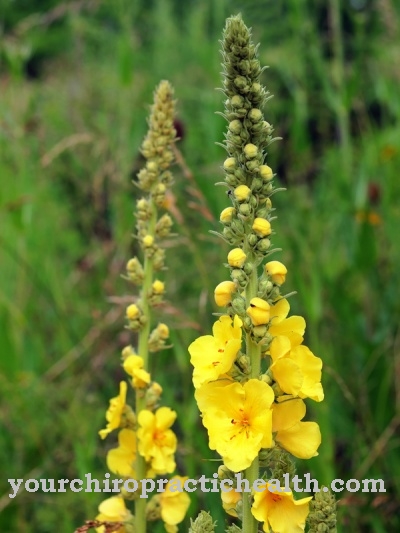
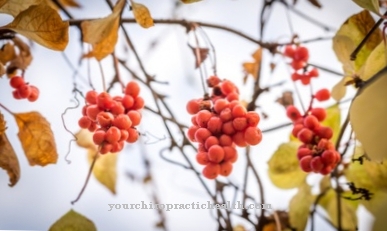
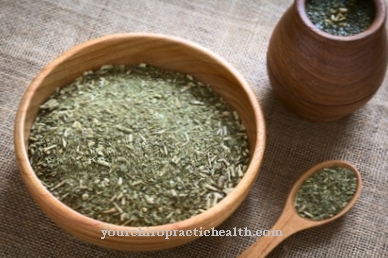
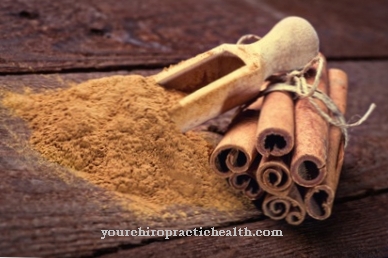

















.jpg)



